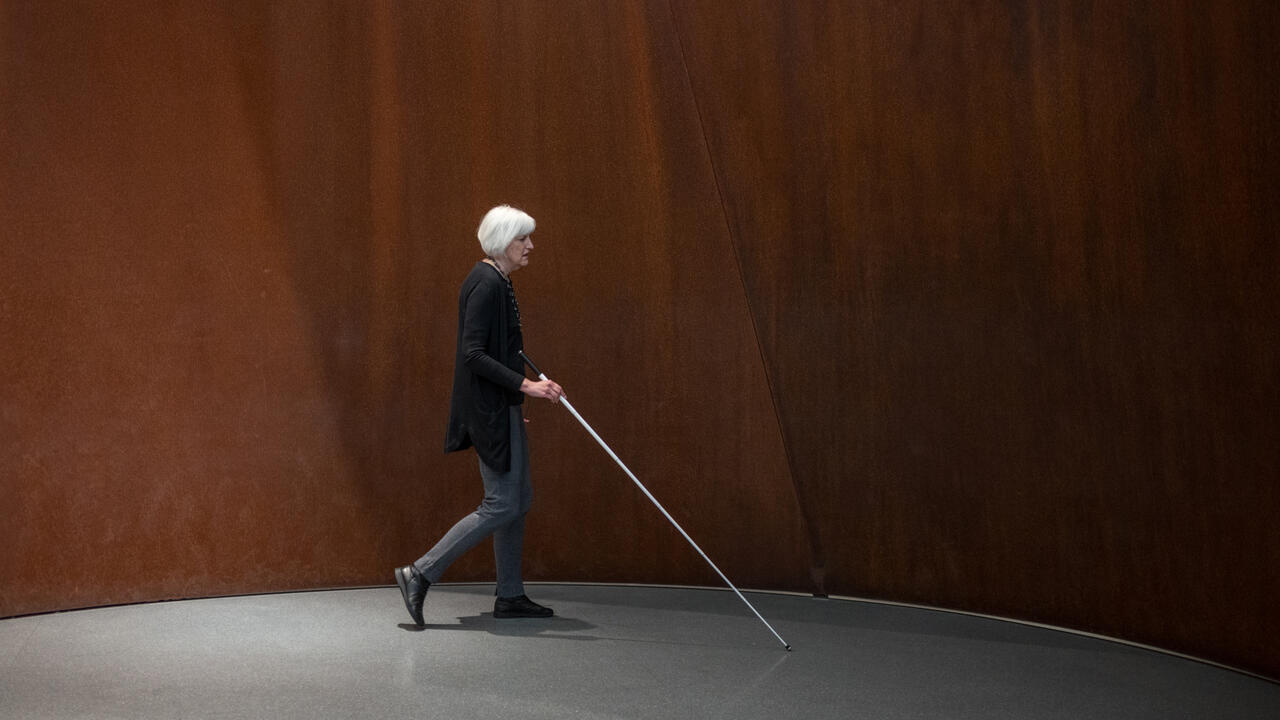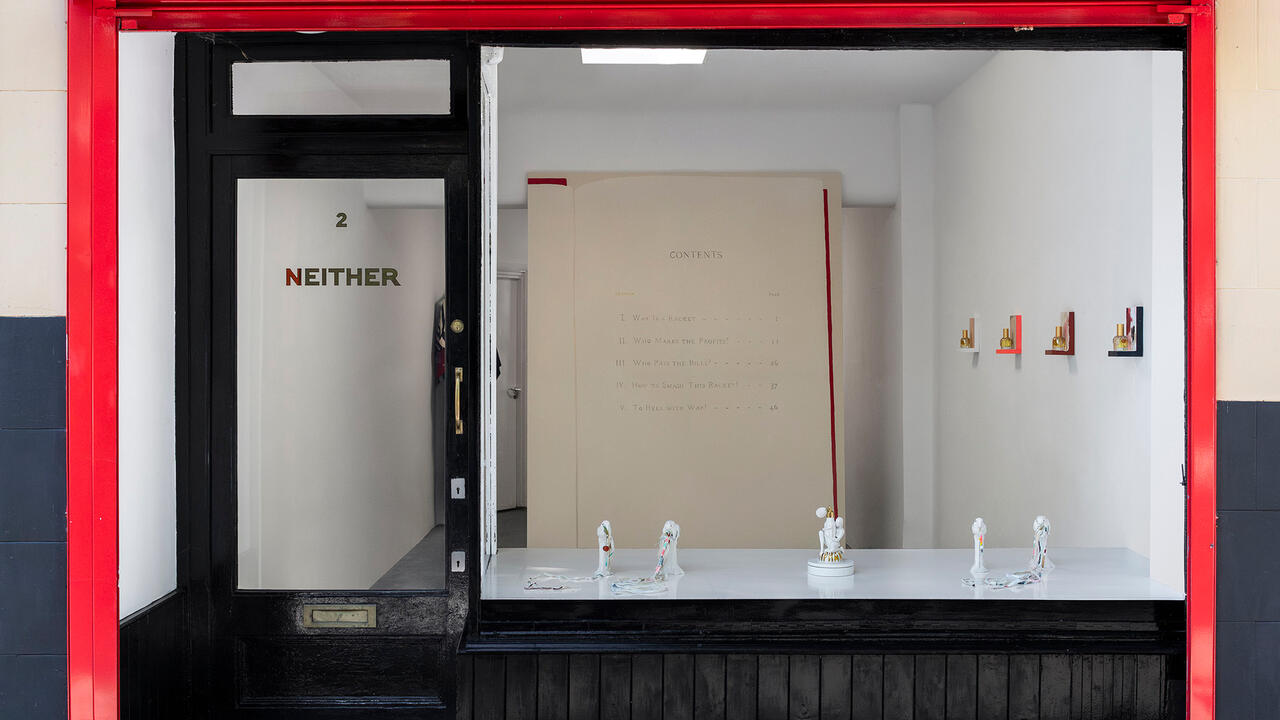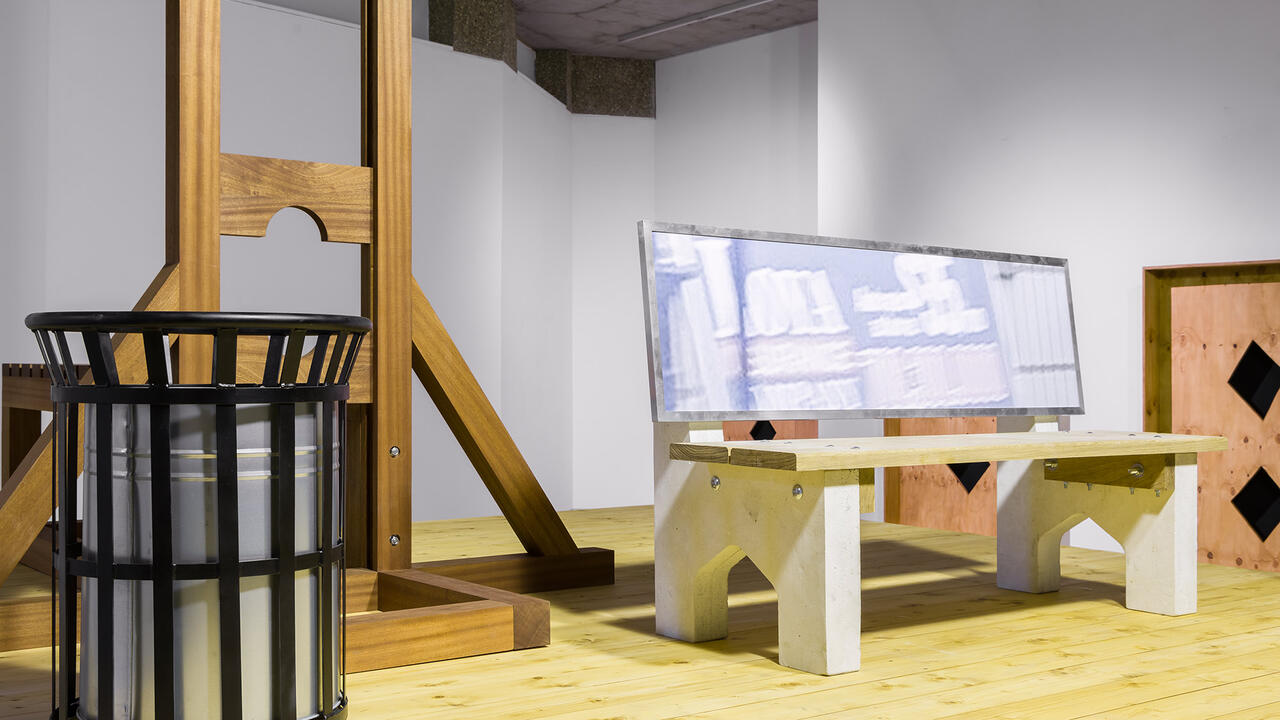The Asylum and Beyond
Part two of this week's art and trauma-themed Culture Digest: 'Bedlam', a new exhibition at London's Wellcome Collection
Part two of this week's art and trauma-themed Culture Digest: 'Bedlam', a new exhibition at London's Wellcome Collection

Today, ‘bedlam’ signifies uproar and pandemonium, but the word is a corruption of ‘Bethlem’, the name of one of the oldest institutions dedicated to the care of mental illness. Originally founded in the 13th century in London as an ‘insane asylum’, Bethlem Royal Hospital has changed locations in the city and morphed ethos several times over the centuries, as medical standards and social mores have shifted. It continues its work today1 in Bromley, South London, where community-based therapies and art are part of its treatment services.

The current exhibition at the Wellcome Collection, 'Bedlam: The Ayslum and Beyond', explores the hospital’s history and the crossover between art and mental health treatment, showing how reform and experimentation have been linked to political will and medical research, often at the expense of patients’ wellbeing. It also makes clear the cyclical nature of some beliefs and practices: a copy of Robert Burton’s 1628 Anatomy of Melancholy advocates treatment via a combination of drugs, bloodletting, meditation, music, exercise, diet, keeping occupied and cultivating friendships, demonstrates – not so different from some of today’s holistic therapies.

The exhibition explores the mixed effects of technological and medical advances with displays dedicated to X-ray equipment, restraints and synthetic drugs. The juxtaposition of a 1960 audio recording of a doctor instructing his students on the treatment of depression by electroconvulsive therapy (ECT) and Sylvia Plath’s harrowing poem ‘The Hanging Man’2 (1965), which ostensibly deals with her own ECT, again brings up the ambivalent nature of medical advances. Several sections are devoted to the therapeutic role of art, for instance the practice of photography in the 19th century as a form of treatment, while the riveting film Abandoned Goods (2014) by Pia Borg and Edward Lawrenson tells the story of an art studio run by the artist Edward Adamson at the Netherne psychiatric hospital in Surrey between 1946 and 1981. The film combines images of works made in the studio with oral testimonies discussing the artists who made them.

The exhibition also includes contemporary works by artists who are actively involved with mental health institutions. Eva Kot’átková’s Asylum (2014) is the result of her research visits to Bohnice psychiatric hospital in Prague, while the latest instalment of Dora Garcia’s The Hearing Voices Café (2014–ongoing) consists of a neon sign and a newspaper featuring writing by voice-hearers she invited to the Wellcome Café in the weeks preceding the show. But the most affecting parts of the show are those in which patients are encouraged to tell their own stories. Among these is an audio companion3 to the show, co-produced by the Wellcome Collection, members of the Core Arts4 mental health charity and the artist Jessica Marlow. The work, which can now be listened to online, includes patients’ accounts of their treatment – and mistreatment – at the hands of care providers: one man tells of being given high doses of the drug chlorphromazine, also known as the ‘liquid cosh’, while another describes the three days during which he was mistakenly sectioned. At a time of crisis across health care services in the UK, and particularly in mental health care5, 'Bedlam' provides plenty of evidence that the most valuable insights into the productive management of mental health conditions often come from patients themselves.





















